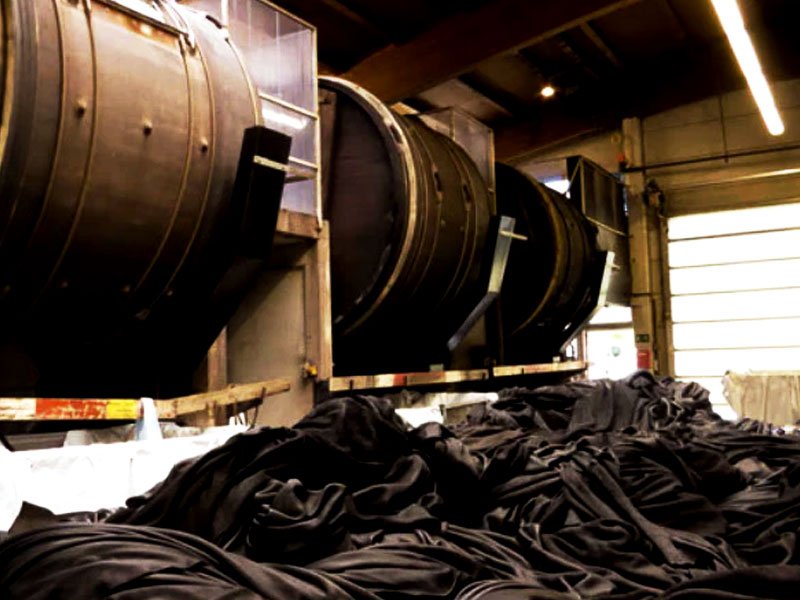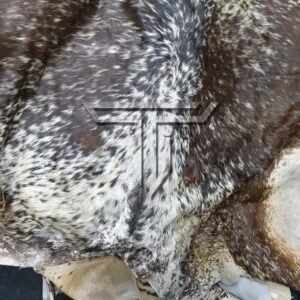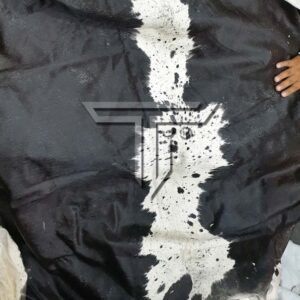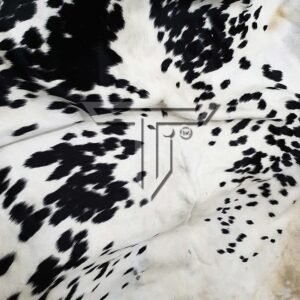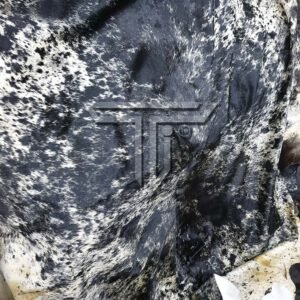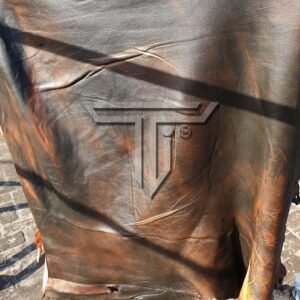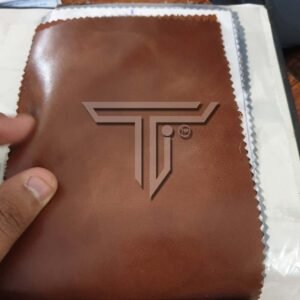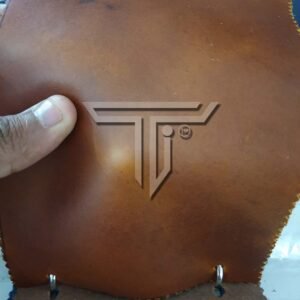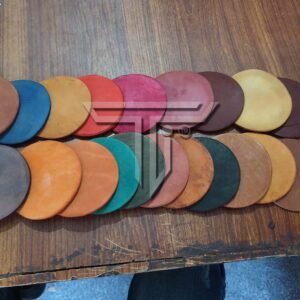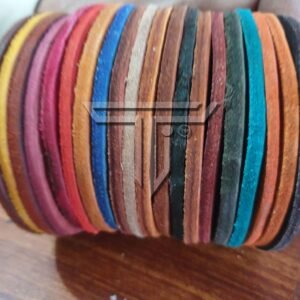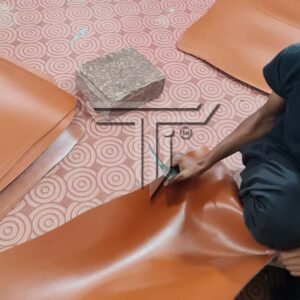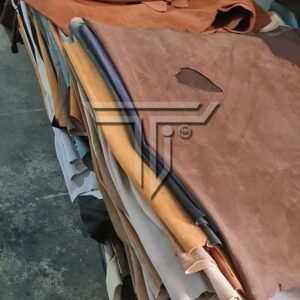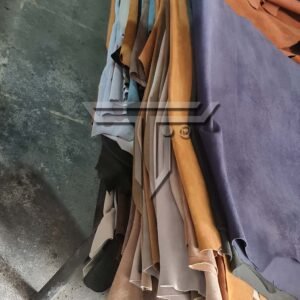Leather Processing:
The leather manufacturing process begins with the selection of raw hides, which are carefully chosen based on quality and size. The hides are first cleaned and treated in a process known as tanning. Tanning preserves the leather and enhances its durability by using either vegetable or chemical agents to stabilize the fibers. After tanning, the leather goes through stages of drying, stretching, and softening to achieve the desired texture and flexibility. Next, the leather is dyed and finished to give it its final appearance, whether smooth, textured, glossy, or matte. Each step is carefully monitored to ensure consistency in thickness, texture, and color.
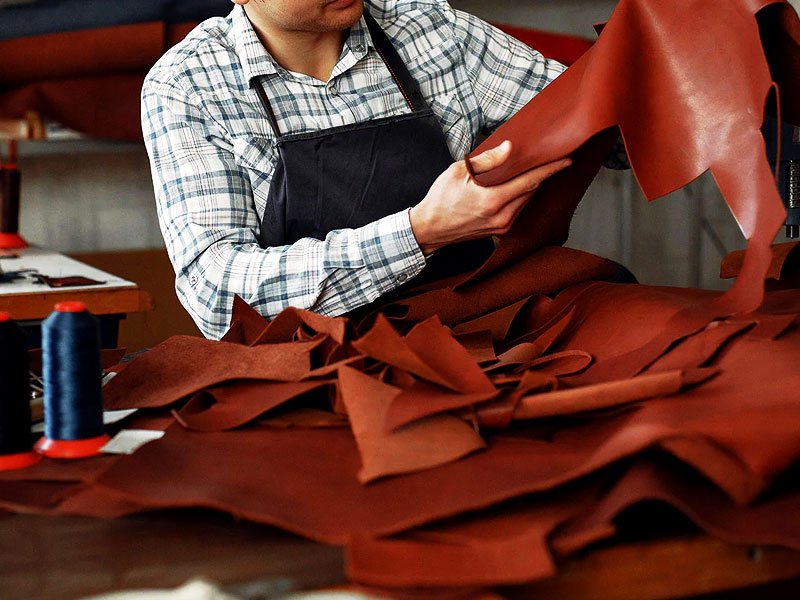
Quality Control:
To maintain high standards, rigorous quality control measures are applied throughout the leather production process. Inspections are carried out at multiple stages, from raw material selection to the final product. This includes checking for defects like blemishes, inconsistencies in color, or uneven texture. Durability tests are performed to ensure the leather can withstand wear and tear, while flexibility tests ensure the material meets the required performance criteria for different applications, whether for belts, apparel, or accessories. These strict quality checks ensure that the finished leather products meet the highest standards of craftsmanship and durability.
